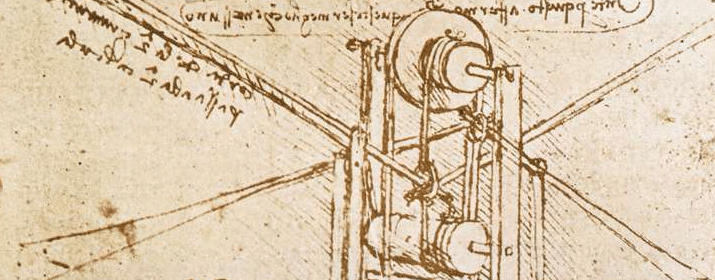At StratoStar, we do a lot of work with STEM classes. In case you don’t know, STEM stands for Science, Technology, Engineering, and Math. Lately, there’s been a lot of discussion about adding Art to STEM curriculum (effectively making the acronym STEAM). There’s a lot of chatter on both sides of the fence about this. Many scientists don’t believe the Arts have a place in STEM learning. However, others argue that by excluding art from STEM projects, our future scientists will be put in a very limited box when it comes to creativity.
There is certainly a place for a creative mind in creative experiment design. While a STEM experiment can be rooted very solidly in the sciences, it takes some creativity to produce a fresh idea for an experiment that hasn’t already been done. In our modern, global society, innovation is one of the most valuable assets a student can have. Being innovative and thinking of old ideas or technologies in new ways helps fuel the forging of our culture with the creation of new technologies and solutions. Creativity is one of the most basic components of innovation. You can’t always teach creativity in basic STEM classes. Adding Arts can help add fire to that very necessary creativity.
Let’s take a StratoStar high-altitude weather balloon launch, for example. There are some physical constraints in a balloon launch. For example, the balloon can only carry a specific amount of payload with a specific size and weight. The launch itself requires monitoring local weather to make sure the conditions are opportune for sending a balloon into near space. The instruments on board the balloon will record data that the students need to analyze and present the results. Much of the mission is based squarely in the STEM disciplines.
However, the size and weight restrictions make students think critically and creatively about how they design their experiment. They need to create an experiment that not only answers their questions, but one that can fit within restrictions, and potentially cohabitate with another project riding on the same balloon. After collecting the data from their launch, presenting their findings is an important part of learning. But if students want their information to reach further than just other STEM students, they need to present it in such a way that it attracts the attention of someone who would normally have no interest. This is where the Arts come in. By creating a visually appealing and creatively written poster and report, a project can reach a larger audience, and have a wider effect than one lacking creativity.
There are many parts of STEM education that stand to benefit by adding Arts education. By fostering creativity in future scientists and engineers at a young age, we can build a great potential for further innovation in our future, and create a greater connectivity between science and imagination.



